Siwa Oasis, around 600 kilometres west of Cairo in the vast Western Desert, boasts a large number of salt lakes formed by scarce rains and high evaporation in the oasis.

Zaitoun, which covers around 30,000 acres, is the largest of these lakes.
Covering this wide expanse, the lake is a Western Desert attraction that has been functioning as a magnet for tourists familiar with desert attractions where they heal far away from the maddening crowd of densely populated Egyptian cities.
The lake is located a few kilometres away from Egypt’s shared border with neighbouring Libya.
Despite its beauty and value as a healing site, the lake continues to be unknown to a large number of people, including Egyptians.
This in a way helped preserve its ecosystem and purity as a desert destination.

Zaitoun and other lakes in Siwa Oasis are unique as far as their water levels and high salinity are concerned.
This renders the lakes the place to be sought for healing, especially from inflammation of the tissue lining the sinuses, skin problems and eye disease.
Time spent in or around any of the lakes can also be a memorable relaxation experience, given the isolation visitors can enjoy in the area.
These characteristics qualify Siwa, in general, and its salt lakes, in particular, as medical and recreational destinations.
In recent years, a large number of people started visiting the lake for medical purposes.

Before being put on Siwa’s tourist map, the salt lakes were frequented only by locals who would go there to bathe and wash their children who have skin problems.
Also famous in Siwa is Maraki Lake which is located on the western side of the oasis.
Maraki covers around 13,000 acres. It is by far the lake with the highest salt concentration in Siwa.
Aghormy Lake, which is situated in the middle between Zaitoun and Maraki, covers an area of 20,000 acres.
Aghormy is especially famous thanks to its presence in the packages of a large number of local travel companies.
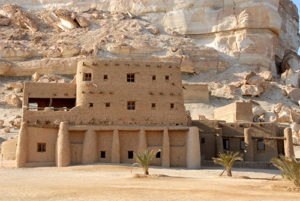
Nonetheless, Siwa’s salt lakes are yet to receive more attention from tourist investors as some people believe that these lakes can be utilised even more in attracting more tourists to the Western Desert oasis.
Siwa itself needs to be brought to the attention of tourist investors and international tourists.
The beautiful oasis is a lot less famous than other tourist attractions in Egypt, including the famous Red Sea resorts of Sharm el-Sheikh and Hurghada.
There are calls, meanwhile, for making the necessary promotion for Siwa as a tourist destination, with some people believing that the salt lakes of the oasis can beat out the Dead Sea as medical tourism sites.
Authorities in Mersa Matrouh, of which Siwa is an administrative division, work hard to invite attention to the oasis as a tourist site.
In 2017, Mersa Matrouh authorities declared Siwa as an international medical and environmental tourism destination.
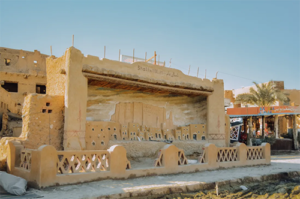
The oasis has a huge number of other important sites, including the Dakrur Mountain.
The vicinity of the mountain is the venue of the sun baths which are organised for three months every year between June and August.
There is belief that the sands of the vicinity of Dakrur Mountain contain healing elements for rheumatism and knee, back and skin diseases.
Siwa residents used the sands of the same area for treatment purposes for hundreds of years in the past.
Treatment with sand moved from one generation on to another to the present day.
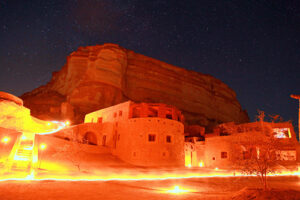
Siwa also contains some hot springs that are used for therapy.
The water of the springs is also believed to have properties that treat diseases, such as psoriasis, rheumatism, digestive system diseases and joint inflammation.
Travel to Siwa has to be organised by a local tour operator in Cairo or coordinated with locals who host tourists and cater to their needs during their stay in the oasis.
Travel to the oasis by bus or car can be fun, even as it can take up to four hours.

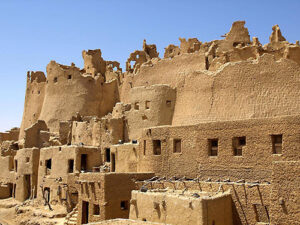



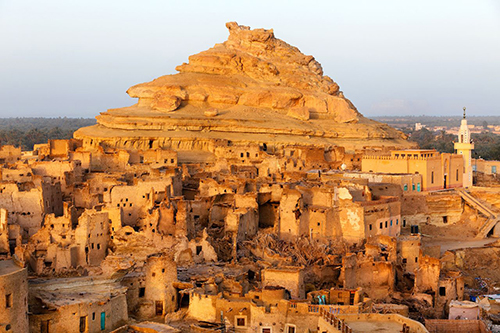


Discussion about this post